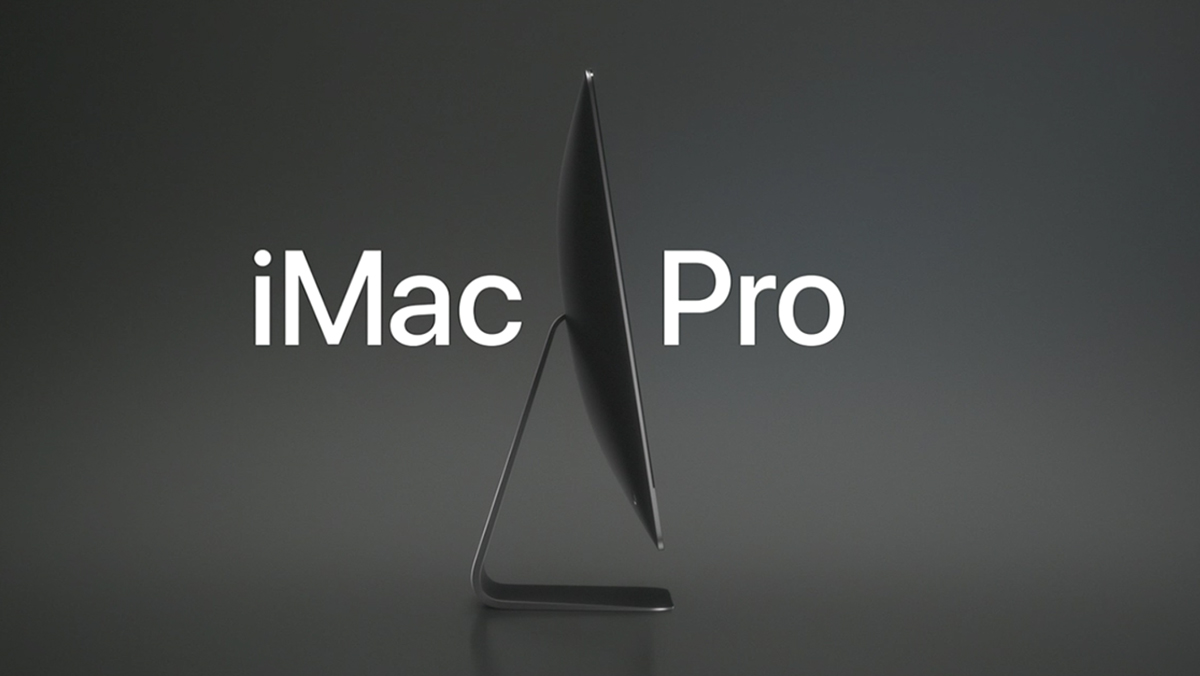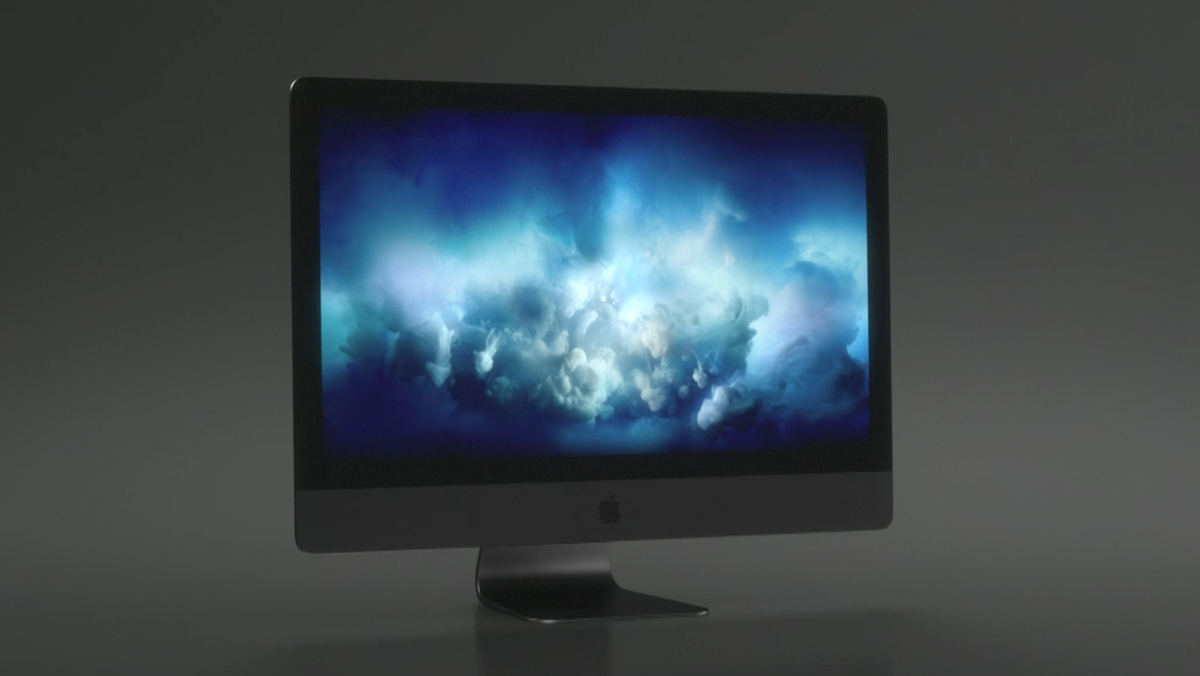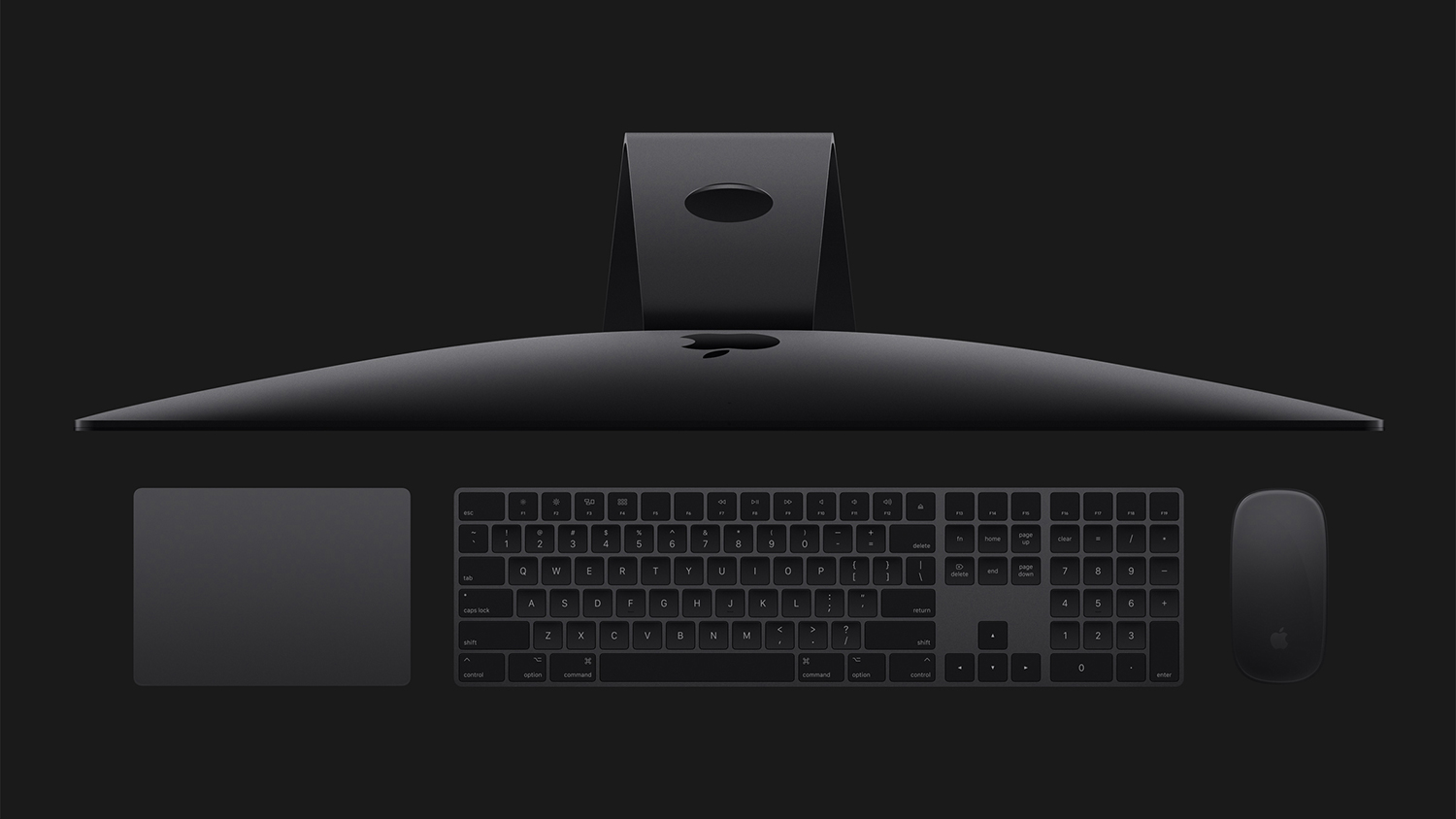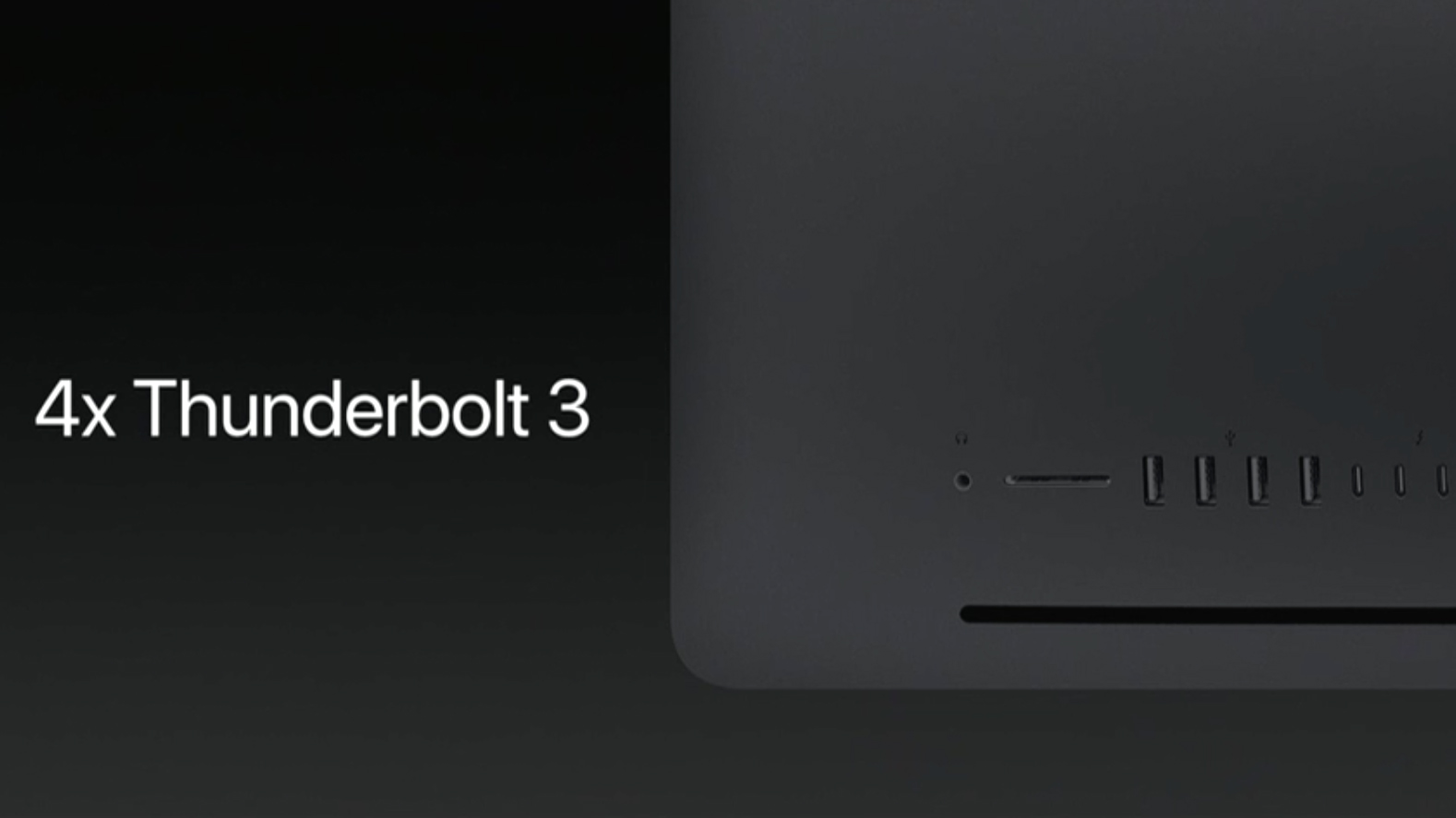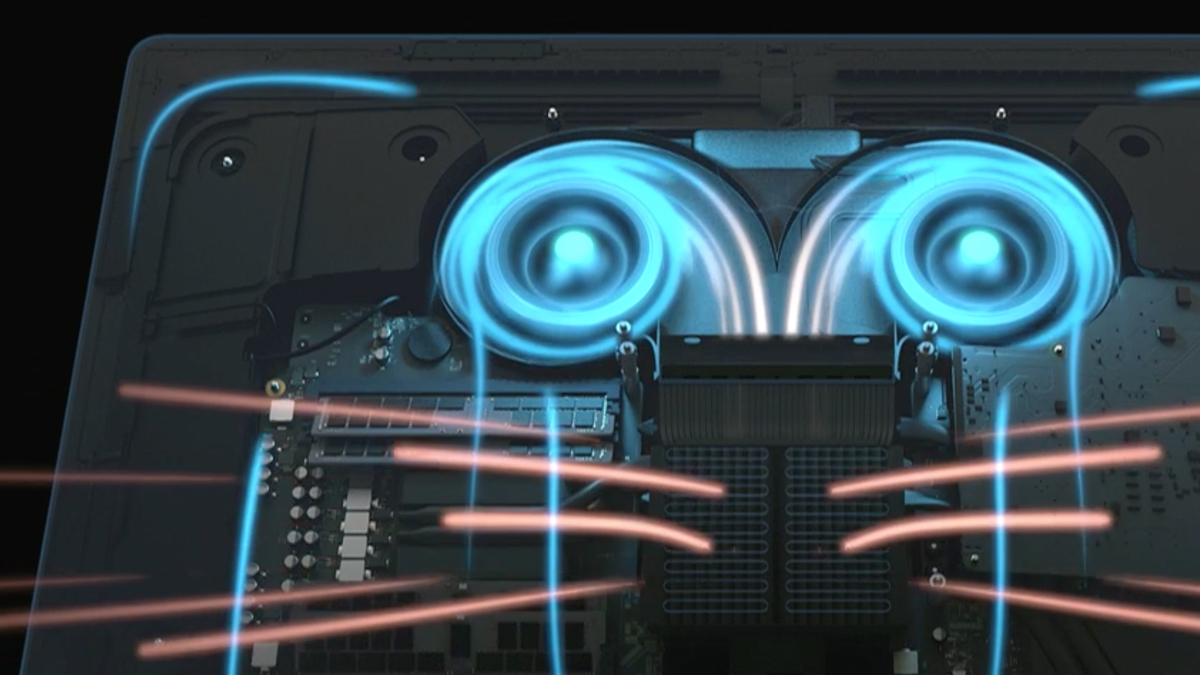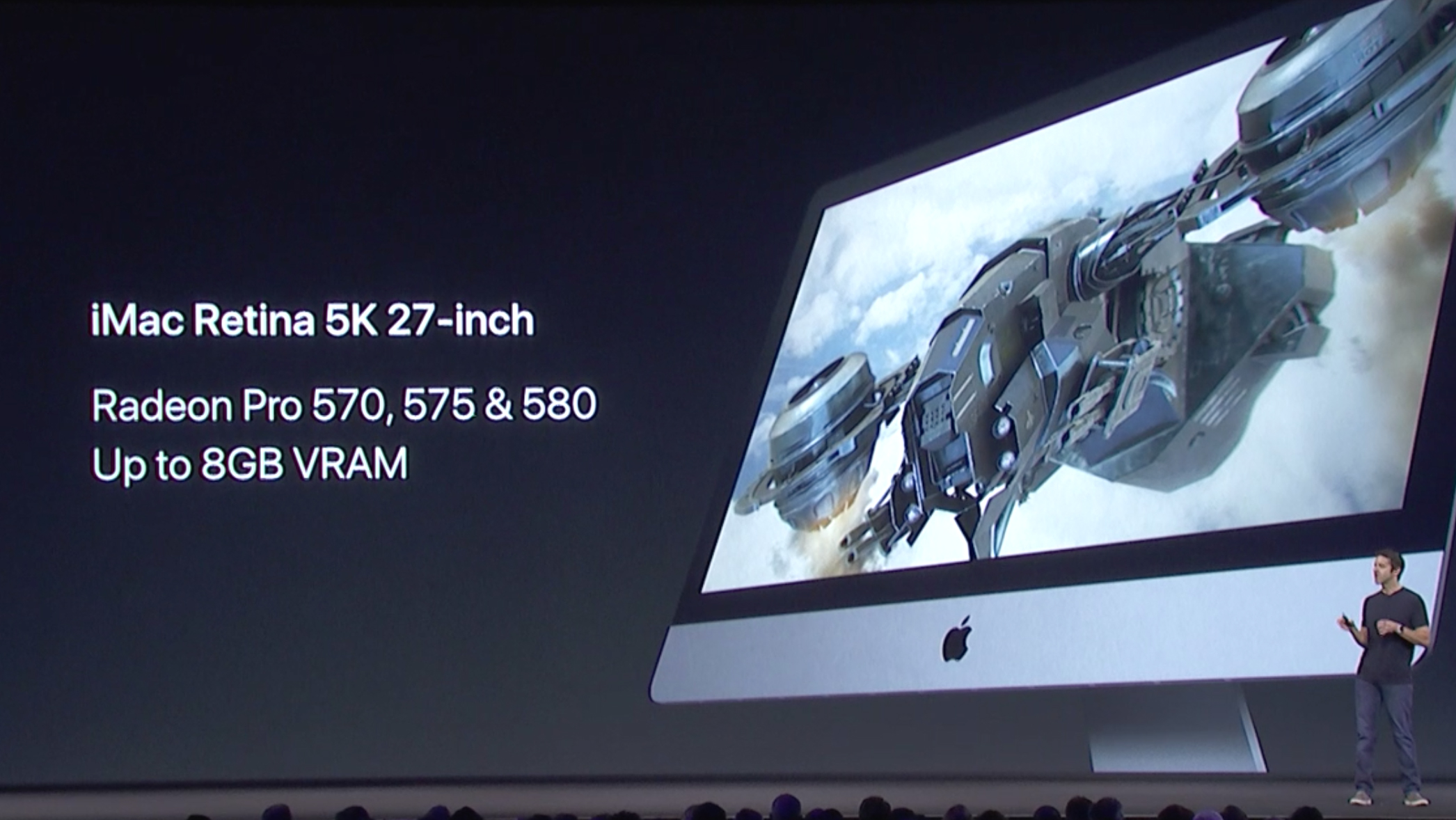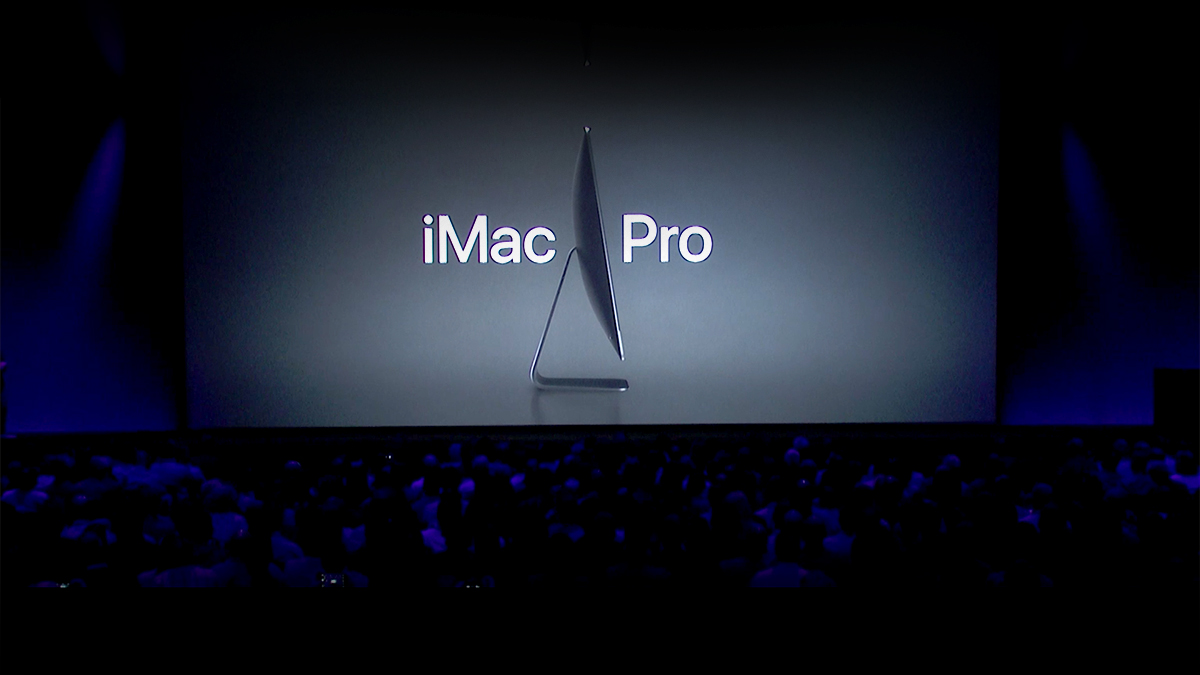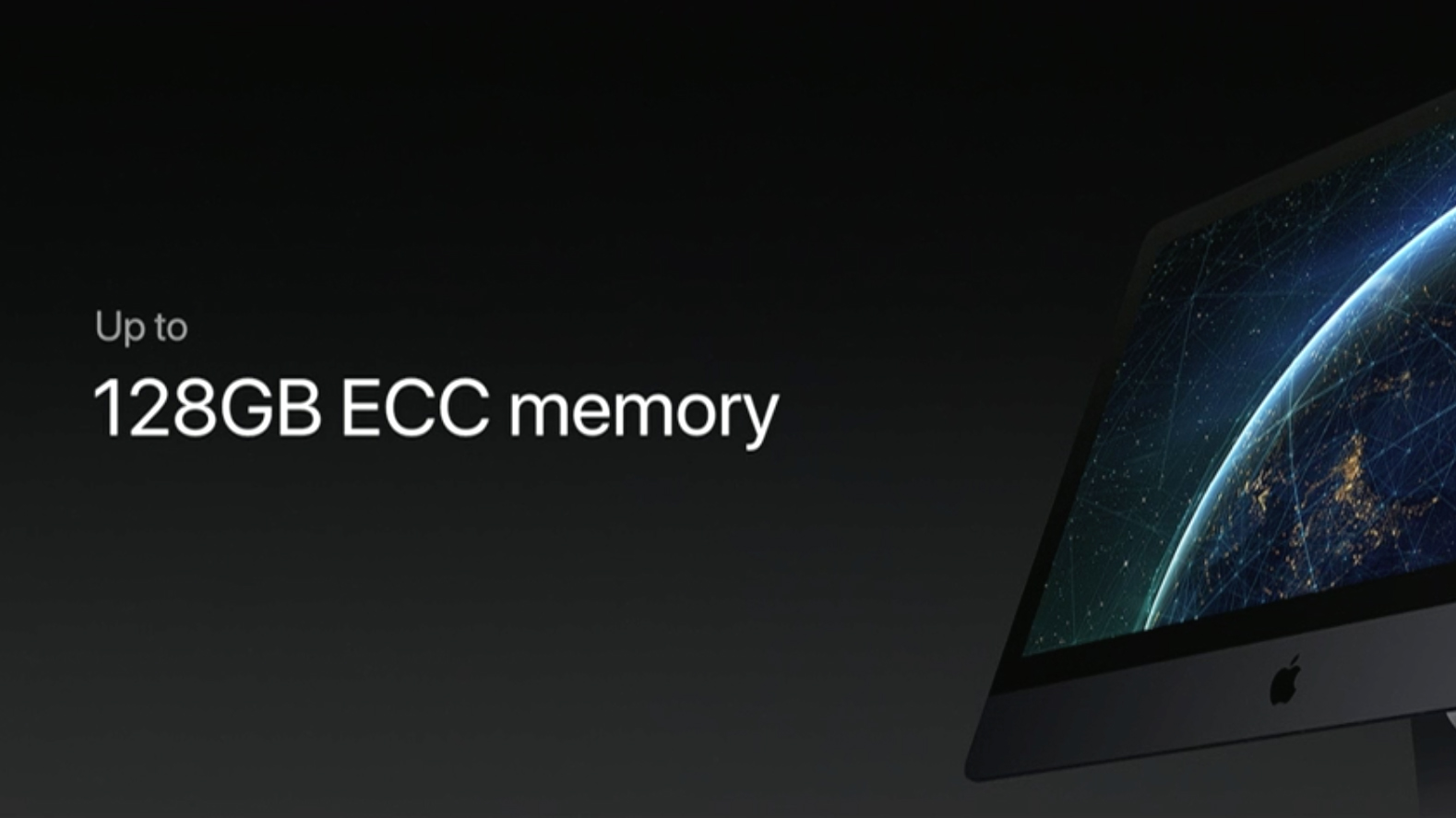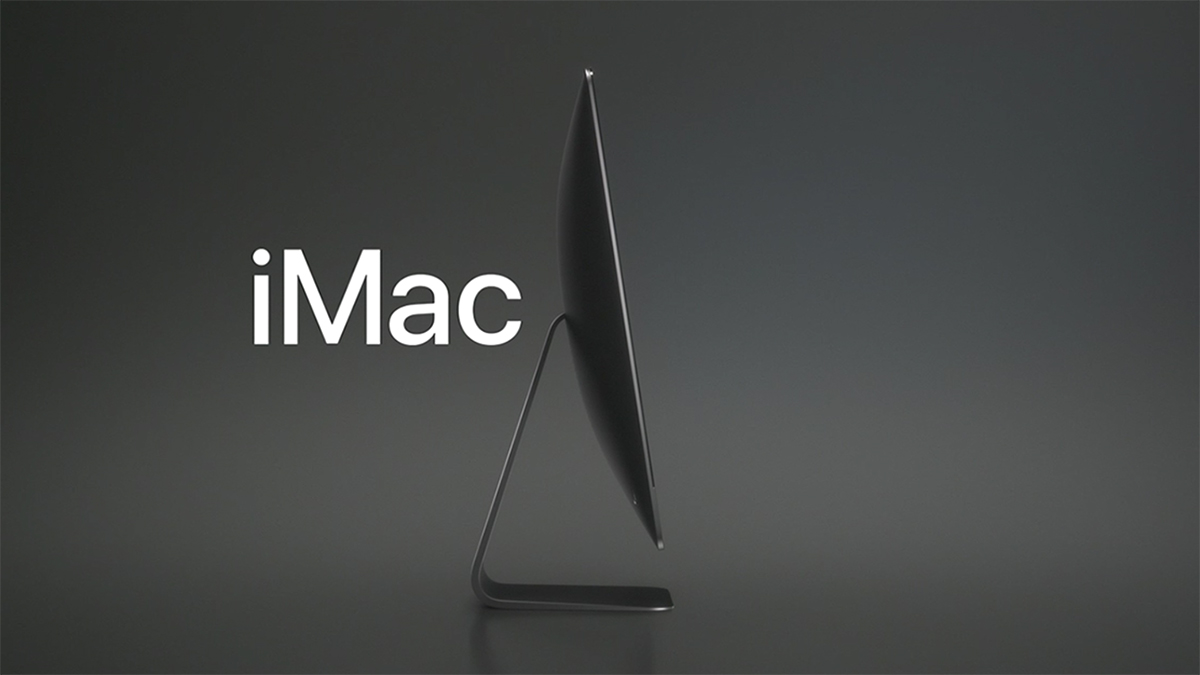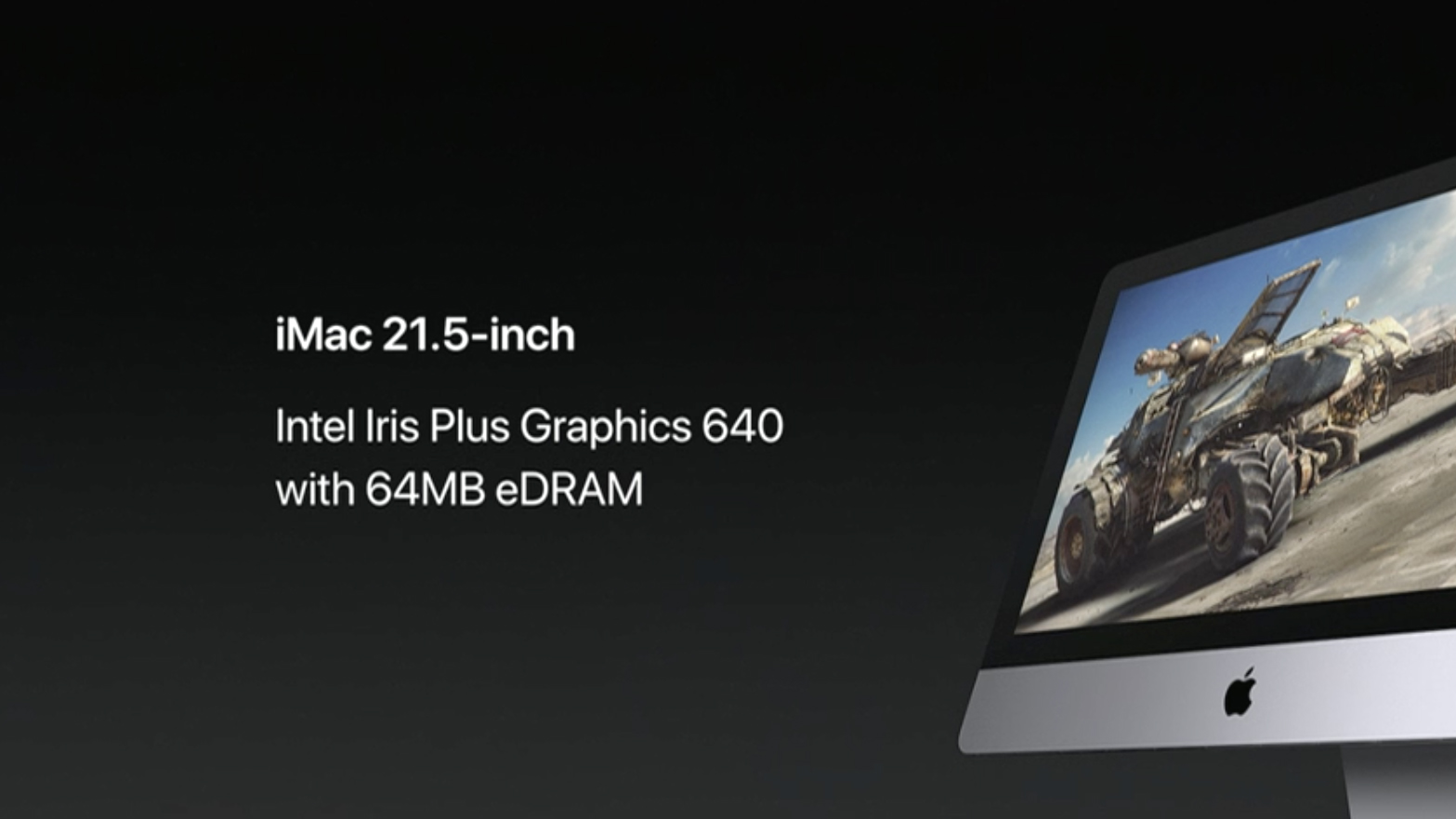
Apple held its 2017 Worldwide Developers Conference (WWDC) today, and as usual revealed a slew of new features coming for its various platforms. While WWDC tends to focus on software, Apple’s Mac hardware wasn’t left out of this year’s event.
The iMac is one of Apple’s more important MacOS hardware products, representing its main presence on PC users’ desktops. While the Mac Pro remains in limbo, the iMac got some serious love at today’s event with both refreshed models available today and a sneak peek at an upcoming iMac Pro.
iMac Pro
The iMac Pro is perhaps the most interesting machine introduced today. It represents Apple’s effort to provide power users with a much more powerful machine that can compete with the most advanced workstations on the market. Apple’s penultimate desktop machine, the Mac Pro, might be awaiting its own redesign, but the iMac Pro offers a great alternative for anyone looking for a high-end MacOS desktop today.
Apple will be stuffing the iMac Pro with everything on the typical power user’s checklist, including:
- Up to 18-core Intel Xeon processor
- Up to 128GB ECC RAM
- Up to 4TB SSD storage
- AMD Radeon Vega GPUs providing up to 11 Teraflops of single precision and up to 22 Teraflops of half precision
- Four Thunderbolt 3 ports that can drive up to 44 million pixels of display and two external drive enclosures
- 10Gb Ethernet, Apple’s first machine with that level of network performance
In addition, the iMac Pro will utilize a new thermal design that utilizes a new dual centrifugal fan system that will keep all that power in check. The overall design of the iMac Pro will be similar to today’s iMac, but with a new Space Grey color scheme. Apple didn’t spend too much time covering all of the new features and capabilities coming to the iMac Pro, but it did flash a quick slide that provided some additional details.

Apple is being aggressive in terms of pricing the iMac Pro, as well. While the typical PC workstation, according to Apple, runs $7,000 or more, the entry-level iMac Pro configuration will be priced at $4,999. The basic iMac Pro will include the following components:
- Retina 5K display
- 8-core Intel Xeon processor
- Radeon Vega graphics
- 32GB ECC RAM
- 1TB SSD
- Thunderbolt 3
- 10Gb Ethernet
Apple will be shipping the iMac Pro in December 2017.
iMac
The standard iMac line also received a significant update, with Apple focusing on refining the existing physical design with updated components. Everything that Apple announced today is available at the Apple Store for immediate purchase, meaning that anyone in the market for a new MacOS desktop has some nice new options to consider.
Some of the improvements to the iMac include:
- Significantly improved display brightness for both the 4K and 5K displays, up 43 percent to 500 nits
- Improved color support, with 10-bit dithering, up to one billion colors, and improved color gamut support
- Intel seventh-generation Core processors
- Up to 32GB RAM on the 21.5-inch model, and up to 64GB on the 27-inch model
- Apple’s Fusion Drive is now standard on the 27-inch and on the high-end 21.5-inch models
- SSD storage options have been increased to 2TB
- Two Thunderbolt 3 ports are now available, supporting both an external display and drive enclosure for the first time
- The entry-level 21.5-inch model now comes standard with Intel Iris Plus Graphics 640 GPU with 64MB graphics cache
- The 4K 21.5-inch iMac has new AMD Radeon Pro 555 and 560 options with up to 4GB VRAM
- The 5K 27-inch iMac has added AMD Radeon Pro 570, 575, and 580 options with up to 8GB VRAM
- The iMac now supports virtual reality (VR) systems
iMac pricing starts at $1,099 for the entry-level 21.5-inch iMac, $1,239 for the 4K 21.5-inch iMac, and $1,799 for the 5K 27.5-inch iMac. Apple announced that the iMacs will be available starting today, but the Apple Store is still unavailable.
